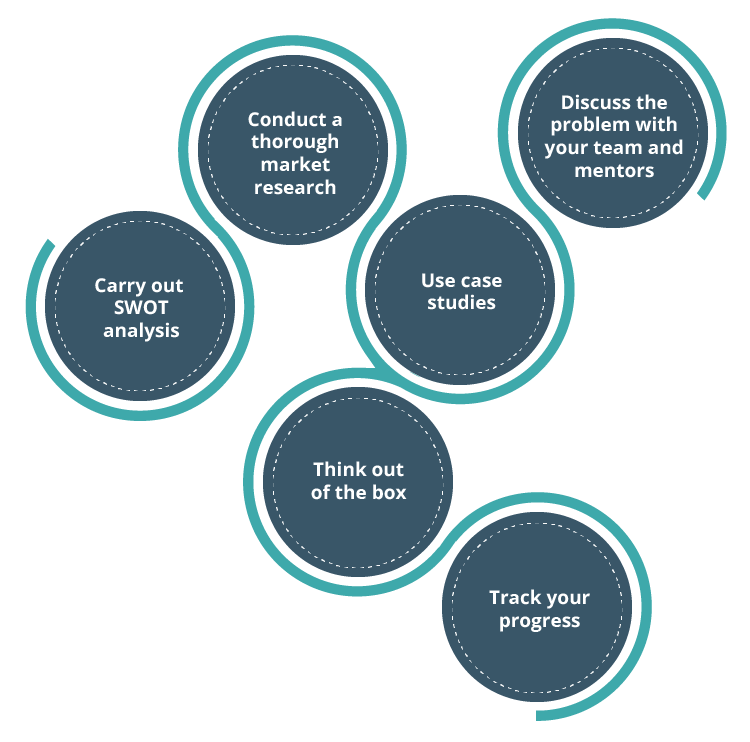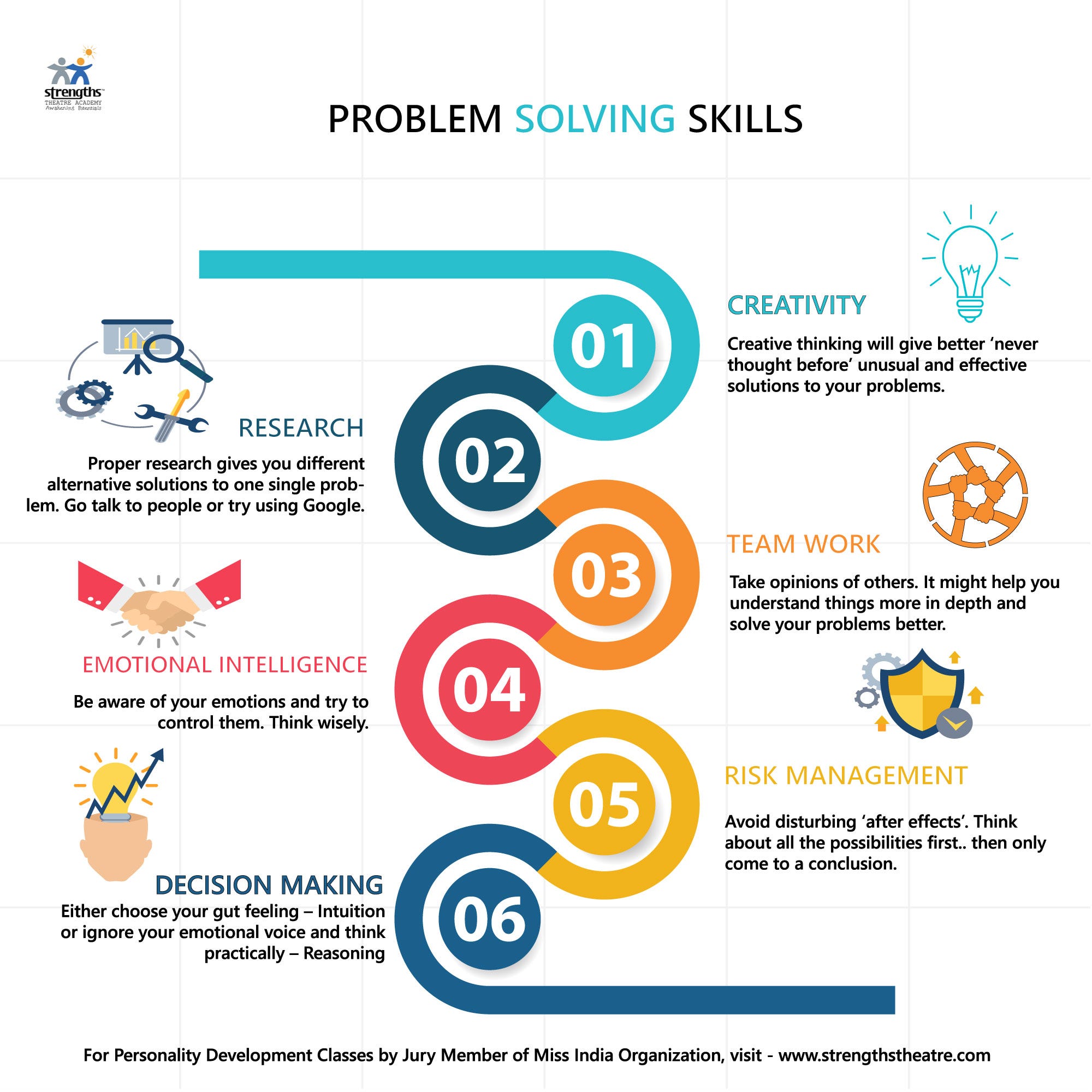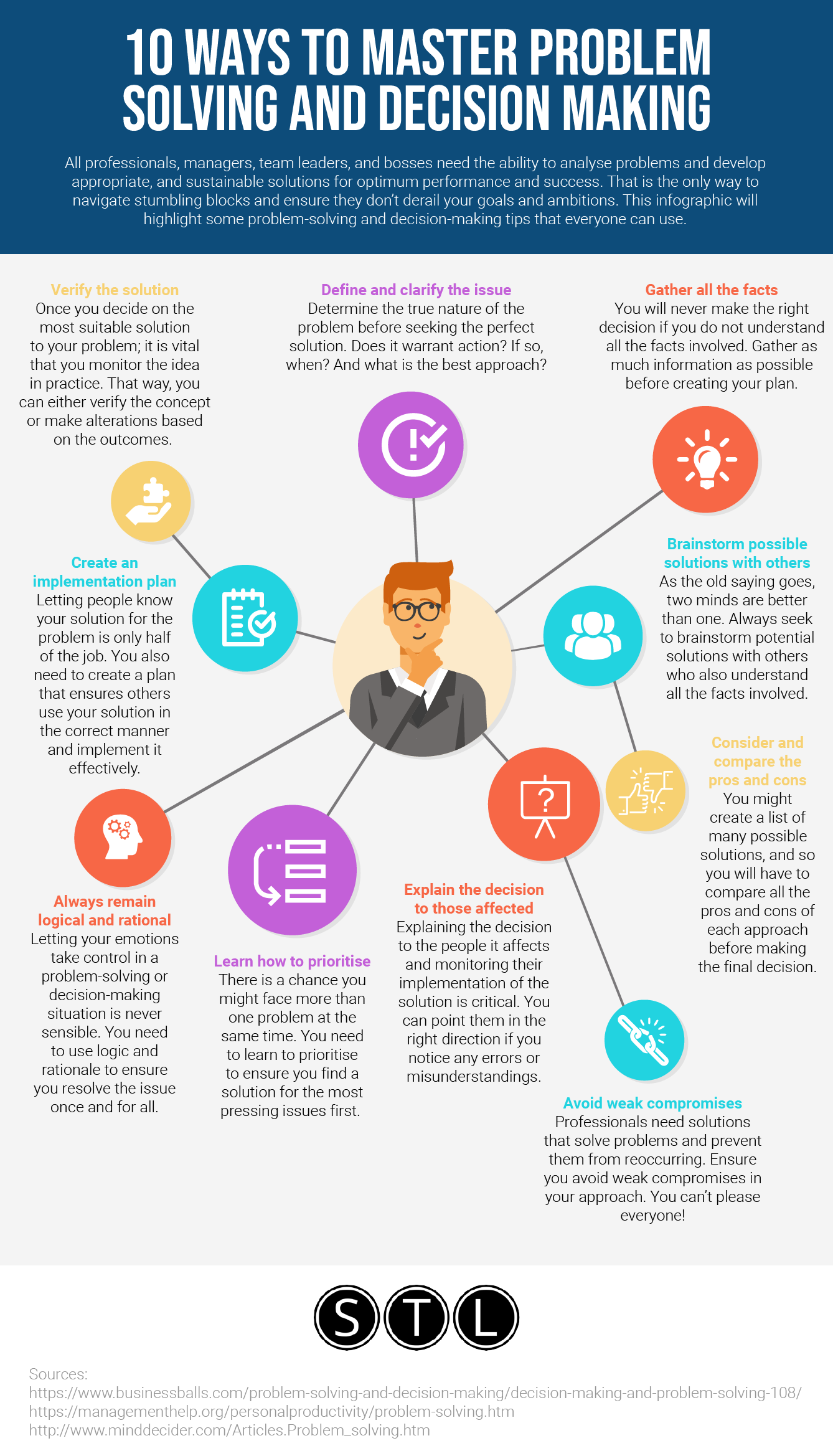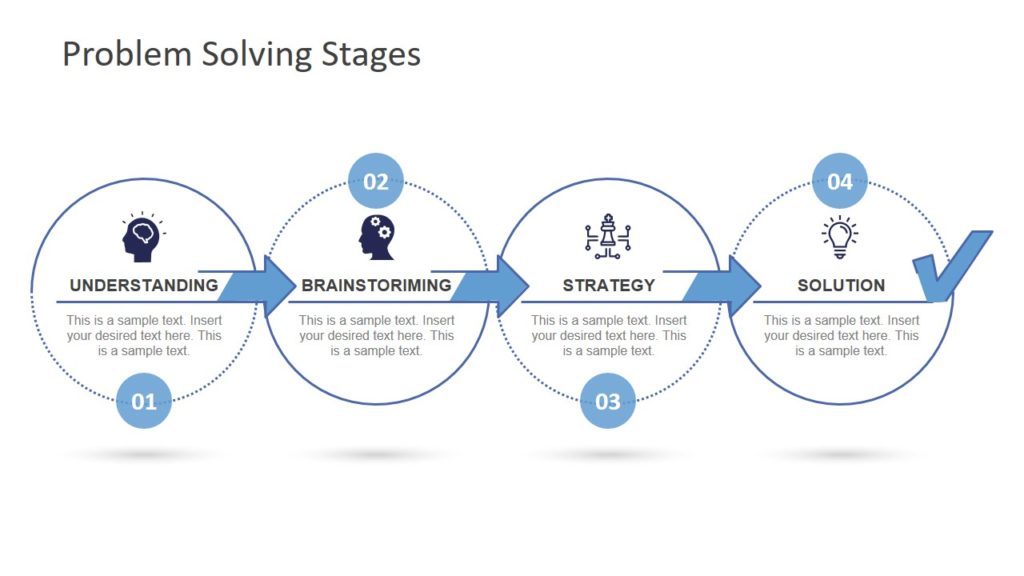Problem Solving Techniques In Business
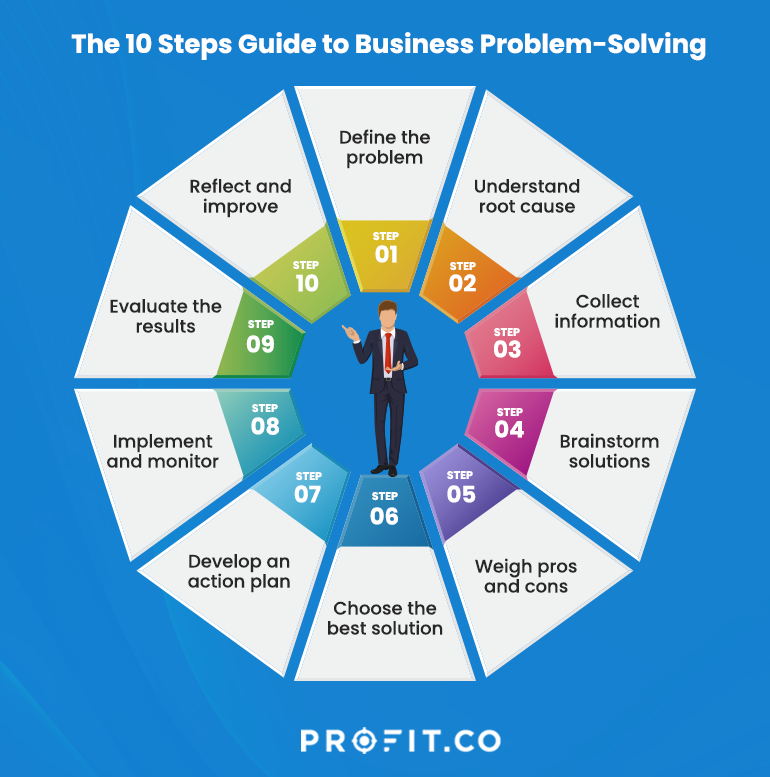
In an increasingly complex and competitive business landscape, effective problem-solving is no longer a desirable skill, but a crucial necessity for organizational success. Businesses across various sectors are actively seeking and implementing diverse problem-solving techniques to navigate challenges, innovate, and maintain a competitive edge. This article examines the application and impact of these techniques within the modern business world.
The ability to identify, analyze, and resolve issues efficiently is paramount. The core of successful business hinges on mastering problem-solving techniques. These methods enable teams to proactively address potential roadblocks and capitalize on opportunities, leading to increased efficiency and profitability.
Common Problem-Solving Techniques
Several established methodologies are widely adopted by businesses. One prominent approach is the Six Sigma methodology. It emphasizes data-driven decision-making and process improvement to eliminate defects and variations.
Another popular technique is Lean Management. It focuses on streamlining processes and eliminating waste to enhance productivity. Both contribute significantly to a company’s ability to anticipate and resolve issues before they escalate.
Root Cause Analysis
Root Cause Analysis (RCA) is a crucial tool for pinpointing the underlying causes of problems. It moves beyond surface-level symptoms. By understanding the core issue, organizations can implement targeted solutions to prevent recurrence.
Techniques like the "5 Whys" are commonly used within RCA. They involve asking "why" repeatedly to drill down to the fundamental cause of a problem. This iterative approach uncovers latent issues that might otherwise go unnoticed.
Brainstorming and Collaborative Approaches
Many organizations foster a culture of collaborative problem-solving. Brainstorming sessions encourage team members to generate creative solutions. Diverse perspectives often lead to more innovative and effective outcomes.
Design Thinking, a human-centered approach, is also gaining traction. It emphasizes understanding the customer's needs and developing solutions that address those needs directly. This involves iterative prototyping and testing to refine solutions based on user feedback.
Impact and Benefits
Implementing structured problem-solving techniques yields numerous benefits. Improved efficiency, reduced costs, and increased innovation are among the most common outcomes. Companies that invest in training their employees in these methods are more adaptable to change.
According to a study by Deloitte, companies with strong problem-solving capabilities outperform their competitors. They are better equipped to navigate market fluctuations and respond effectively to emerging threats. This suggests a direct correlation between problem-solving proficiency and overall business performance.
Consider the example of General Electric (GE). They successfully utilized Six Sigma to streamline their manufacturing processes, resulting in significant cost savings. This demonstrates the tangible impact that effective problem-solving can have on a large organization.
Challenges and Considerations
Despite the clear benefits, implementing these techniques can be challenging. Resistance to change, lack of leadership support, and inadequate training are common hurdles. Overcoming these requires a commitment to fostering a problem-solving culture within the organization.
Organizations need to ensure that their problem-solving approaches are aligned with their overall business strategy. A one-size-fits-all approach is rarely effective. Tailoring the chosen techniques to the specific needs and context of the organization is essential.
Furthermore, continuous monitoring and evaluation are crucial. Regular assessments ensure that the implemented solutions are effective and sustainable. This iterative process allows for adjustments and refinements as needed.
The Human Element
Beyond the technical aspects, the human element plays a significant role. Emotional intelligence, communication skills, and the ability to collaborate effectively are vital for successful problem-solving. These interpersonal skills facilitate constructive dialogue and foster a supportive environment.
Dr. Anita Sharma, a leading organizational psychologist, emphasizes the importance of empathy in problem-solving. Understanding the perspectives of all stakeholders involved leads to more equitable and sustainable solutions.
By combining technical expertise with strong interpersonal skills, businesses can create a more resilient and adaptable workforce. This equips them to tackle any challenge that may arise and thrive in an ever-changing business environment.
In conclusion, mastering problem-solving techniques is a strategic imperative for businesses seeking to thrive in today's dynamic environment. By embracing structured methodologies and fostering a culture of collaboration, organizations can unlock their full potential and achieve sustained success.
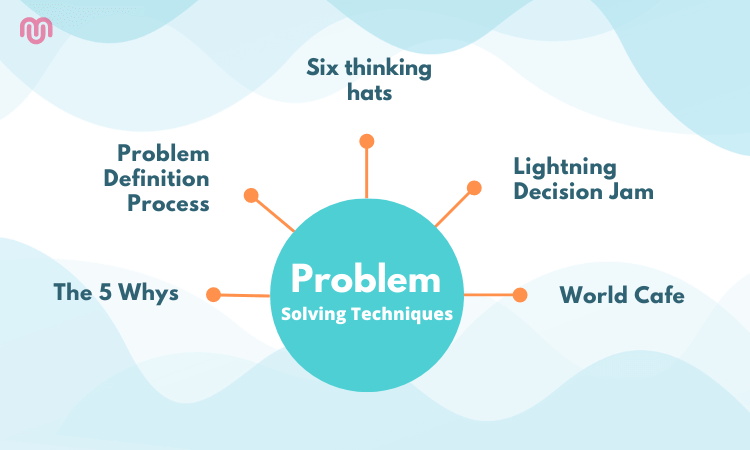

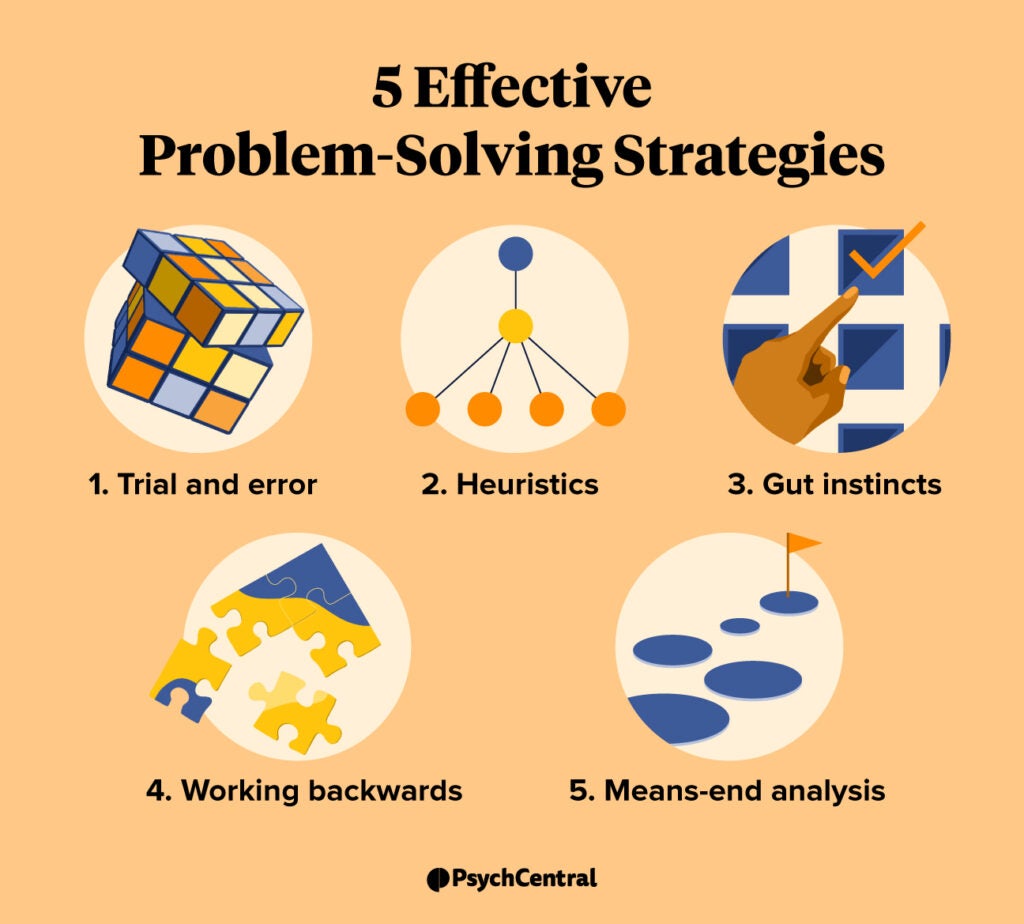


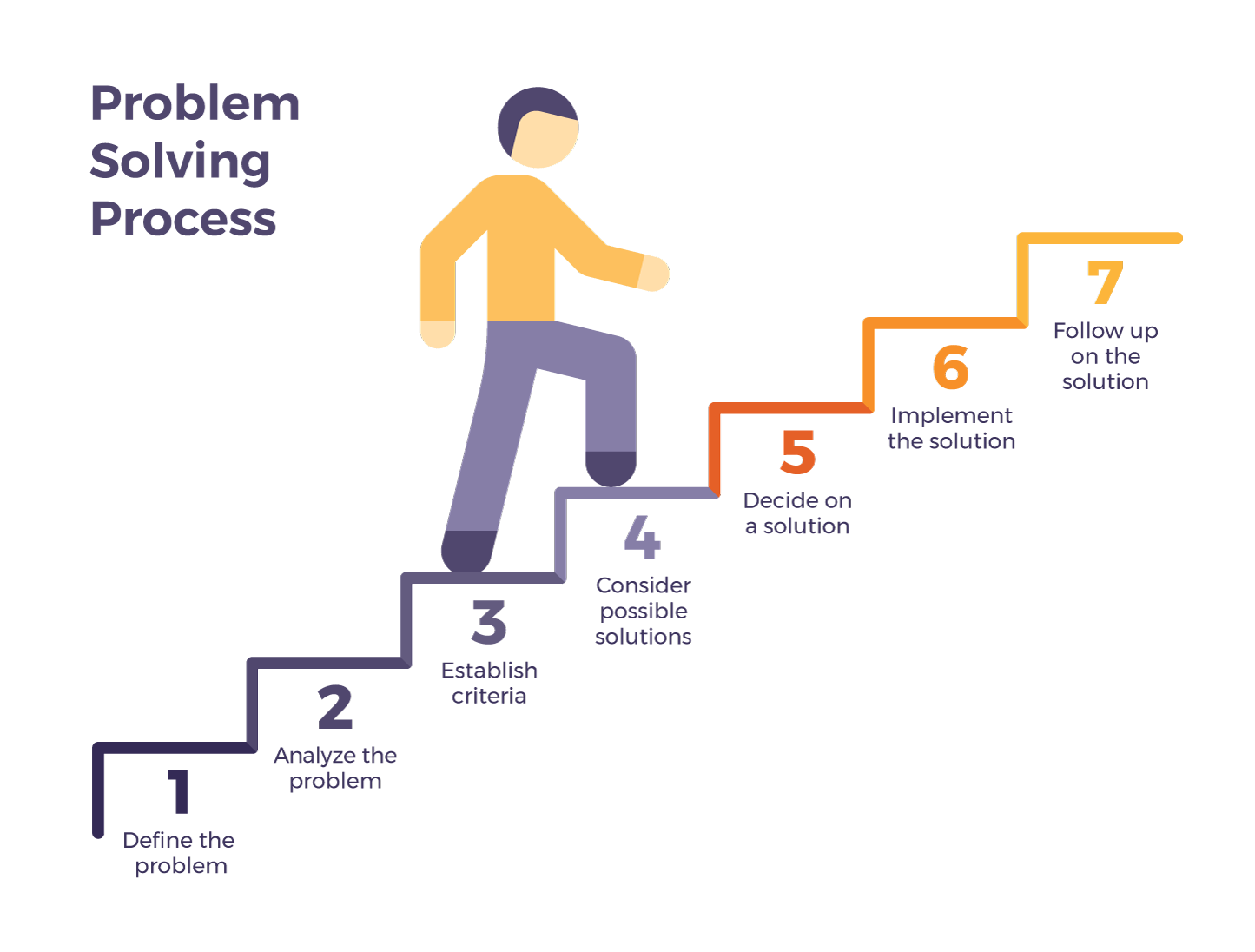


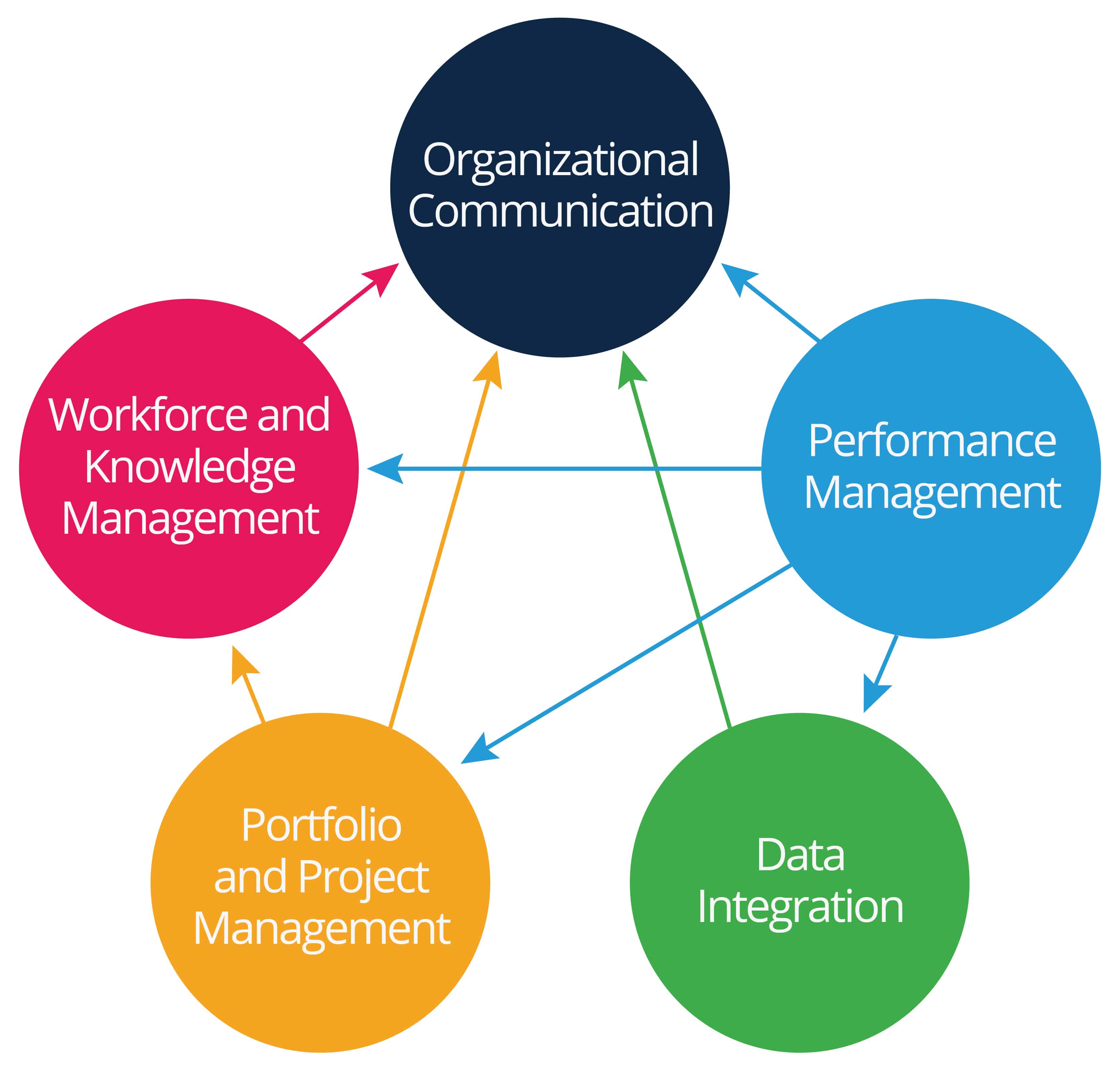
.png.webp?itok=78-OkcGX)
